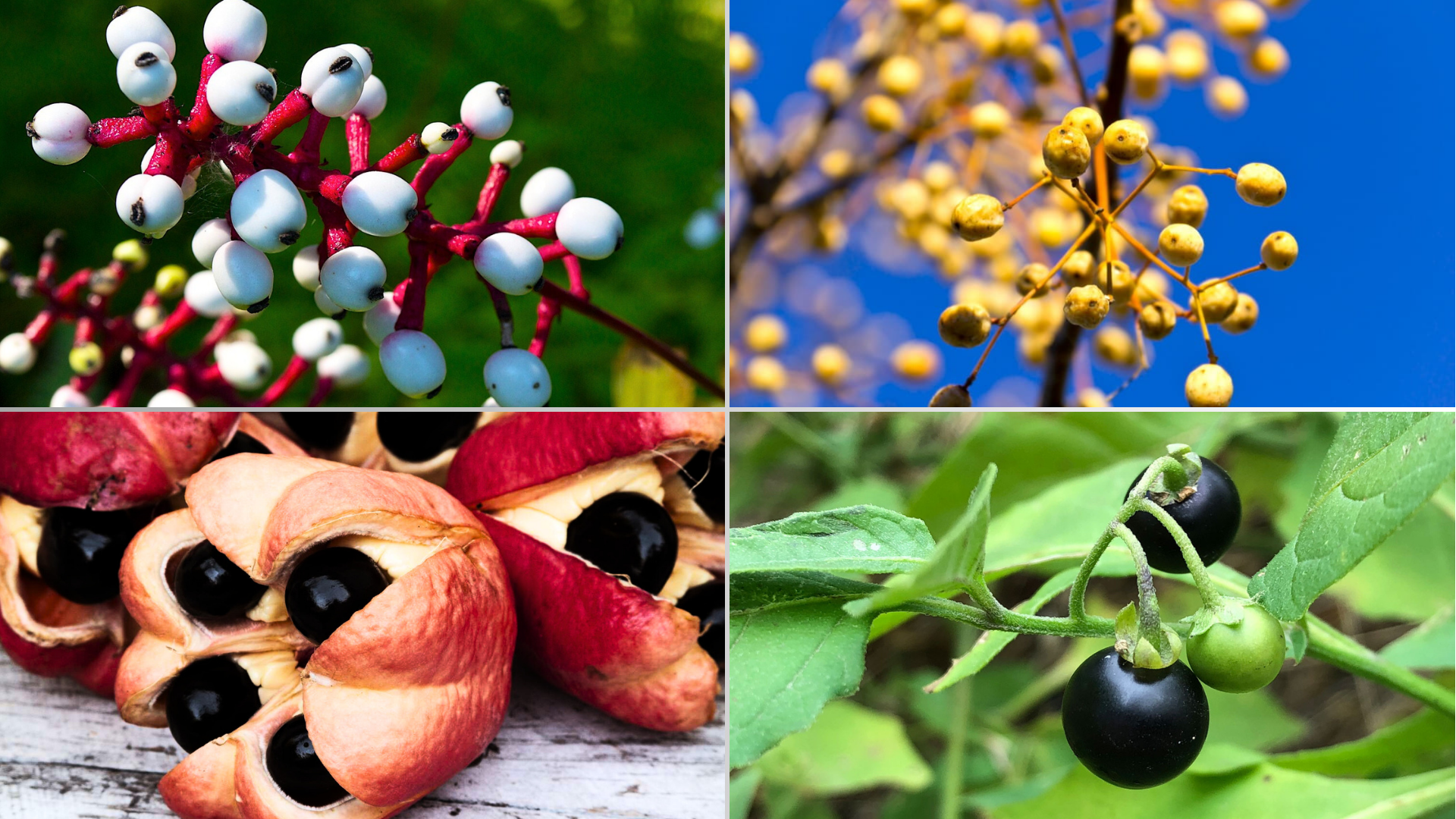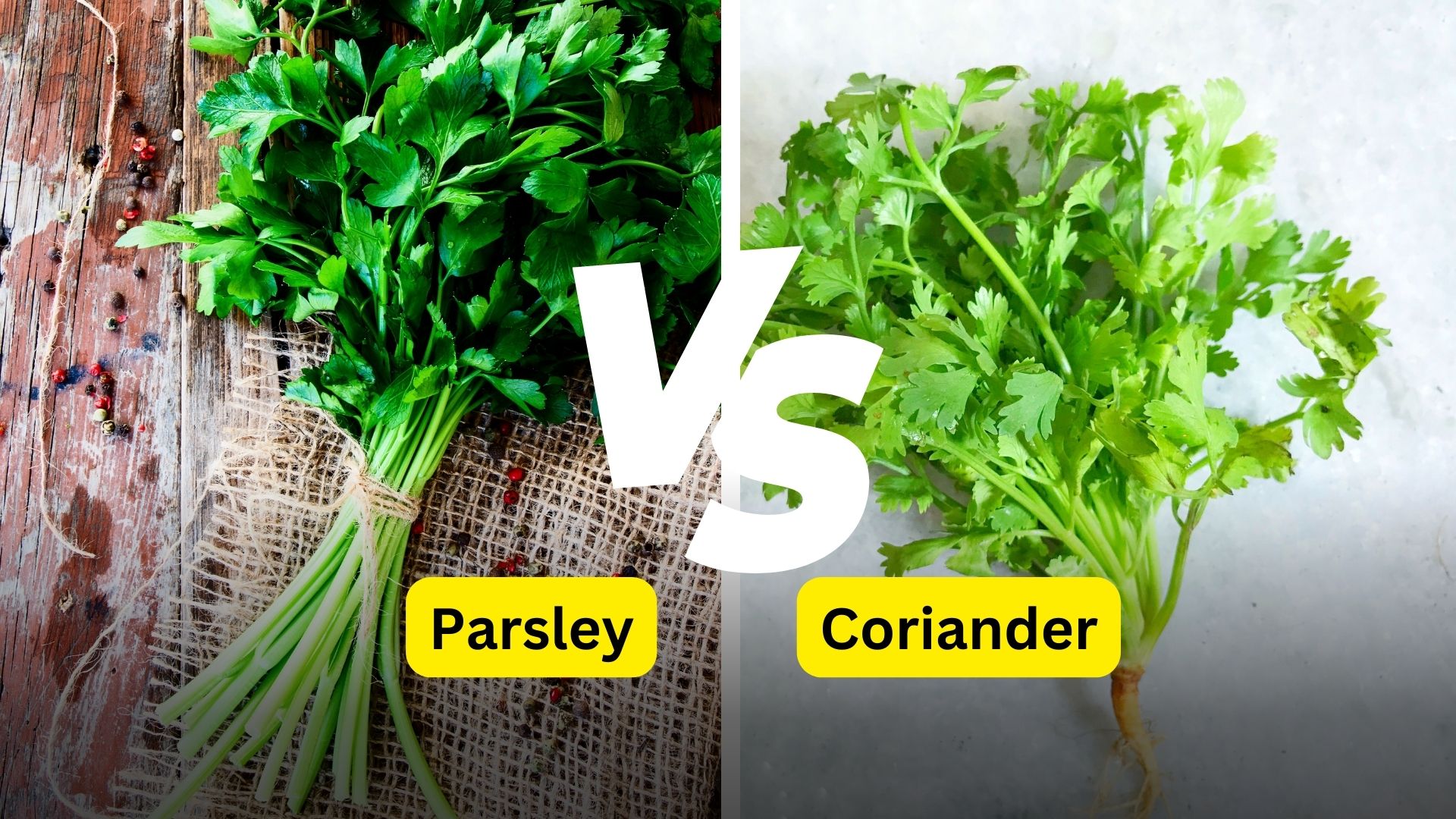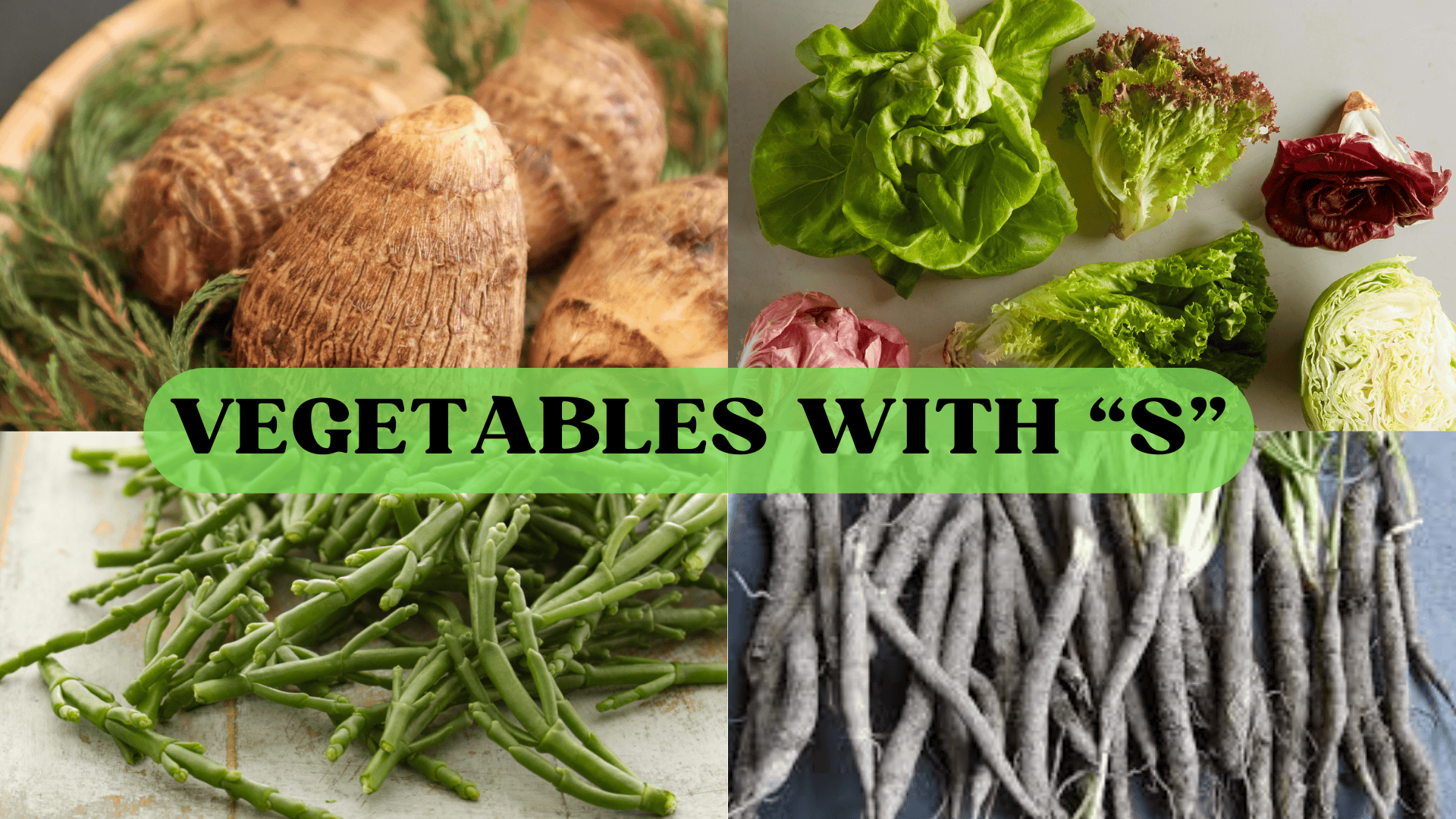
Did you know that the simple act of adding an “S” vegetable to your plate could change your health and culinary experience?
From the coastal delicacy of Samphire (often called “sea asparagus”) to the probiotic powerhouse of Sauerkraut, the world of vegetables beginning with “S” offers an unexplored treasure trove of flavors, textures, and nutrients.
These overlooked gems aren’t just garden varieties – they span continents and cultures, with charming origins from Japan’s Satoimo to Italy’s volcanic-soil-grown San Marzano tomatoes.
If you’re a curious cook looking to expand your collection or a health enthusiast seeking nutrient-dense alternatives, these “S” vegetables promise to revolutionize your relationship with plant-based eating.
Common Vegetables Starting with the Letter “S”
1. Salad Burnet
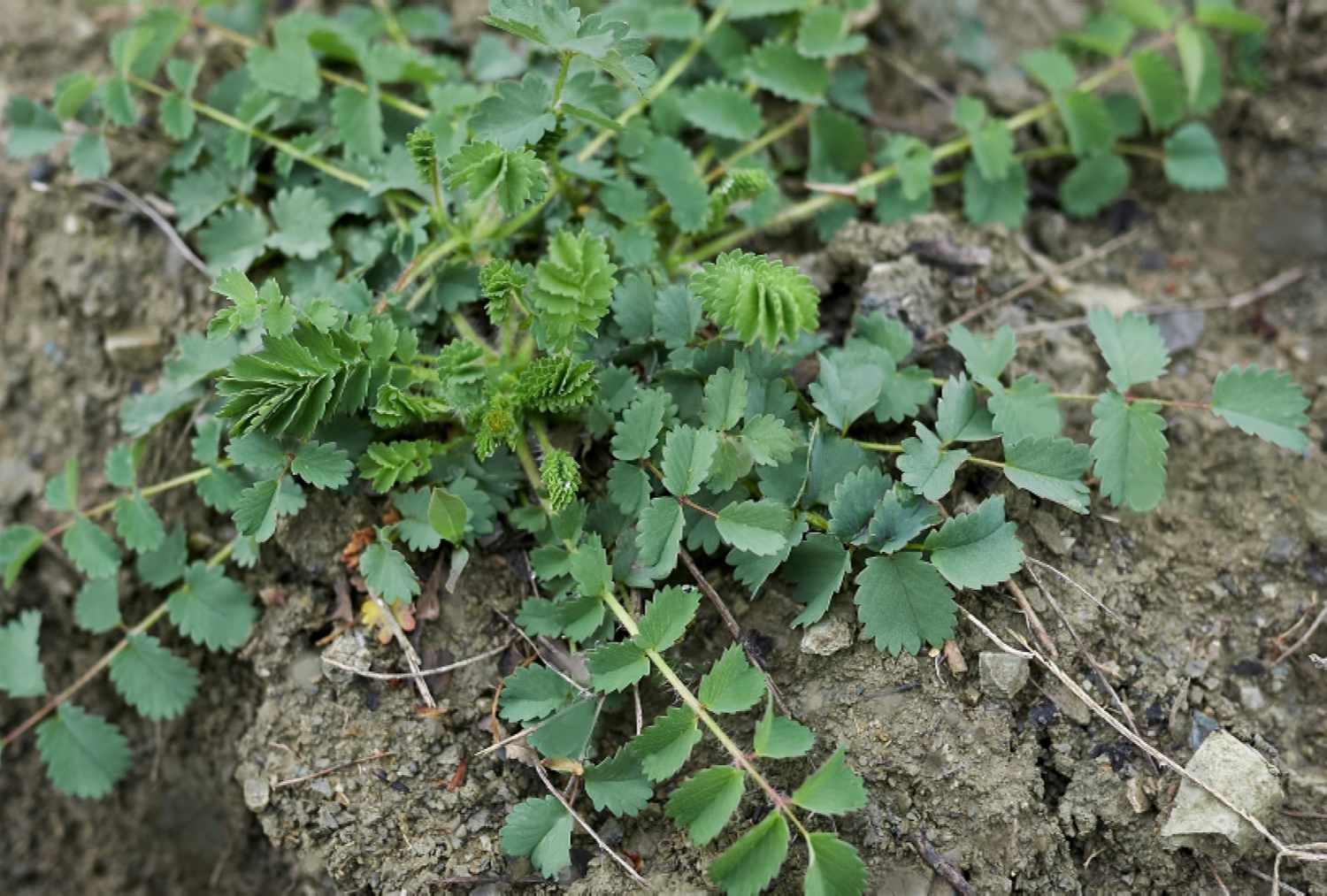
Salad Burnet is a perennial herb known for its refreshing cucumber-like flavor, often used in salads, sauces, and beverages.
It thrives in well-drained soils and can be easily grown in home gardens. Its tender leaves are rich in vitamins and offer a cool, mild flavor ideal for adding freshness to dishes.
Origin: Native to Europe and Asia.
Health Benefits: Contains antioxidants and aids digestion.
Fun Fact: Its leaves have been used in traditional remedies for centuries.
2. Salad Greens
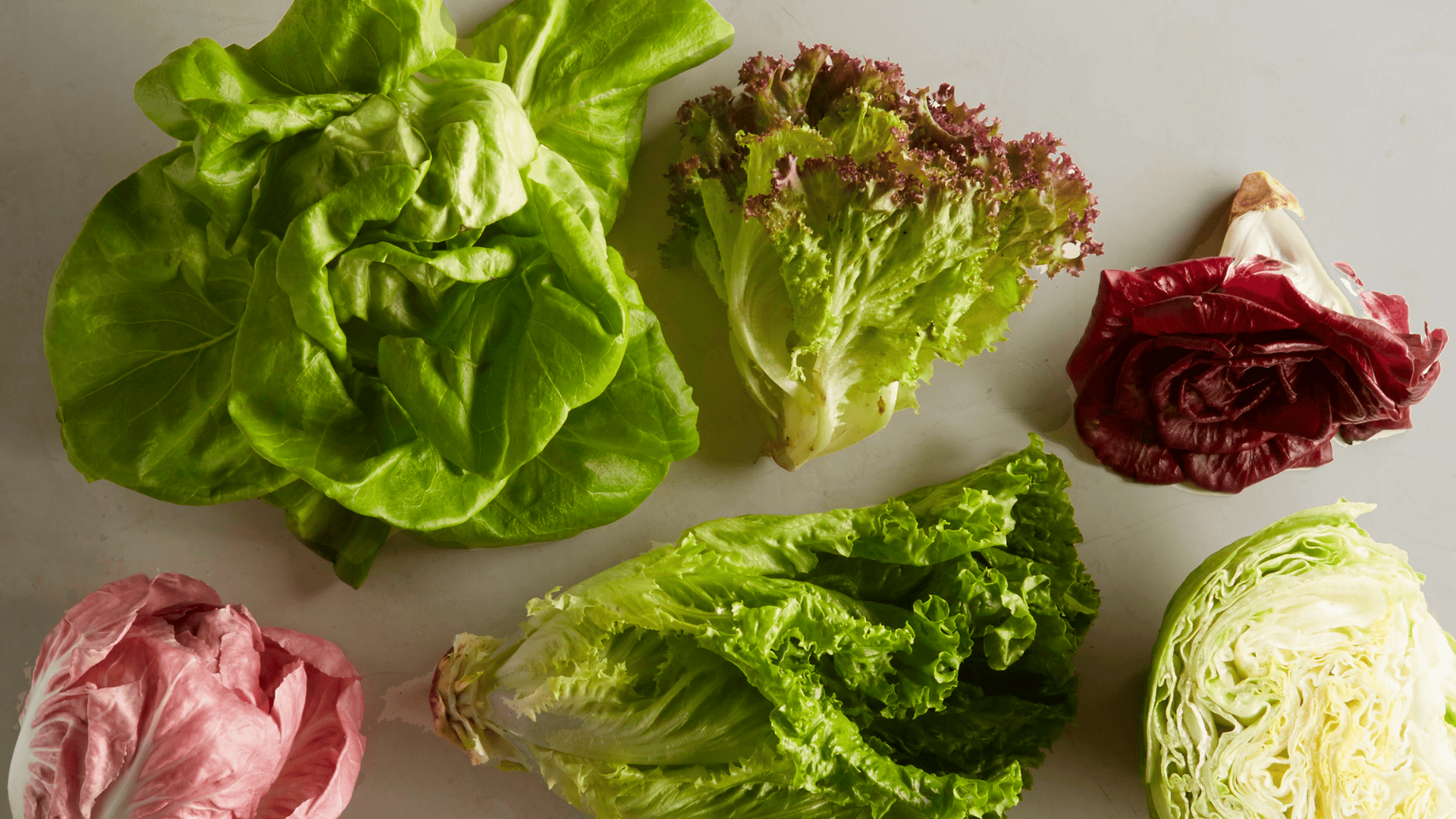
Salad greens are a collection of leafy vegetables often used in raw salads. These greens include lettuce, spinach, arugula, and more, offering crisp textures and fresh flavors.
Nutrient-dense, they are a great source of fiber, vitamins, and minerals. They provide a light base for many types of salads.
Origin: Grown worldwide.
Health Benefits: Rich in vitamins A, C, and K, aids digestion.
Fun Fact: Salad greens are considered one of the most versatile vegetables in the world.
3. Salad Savoy
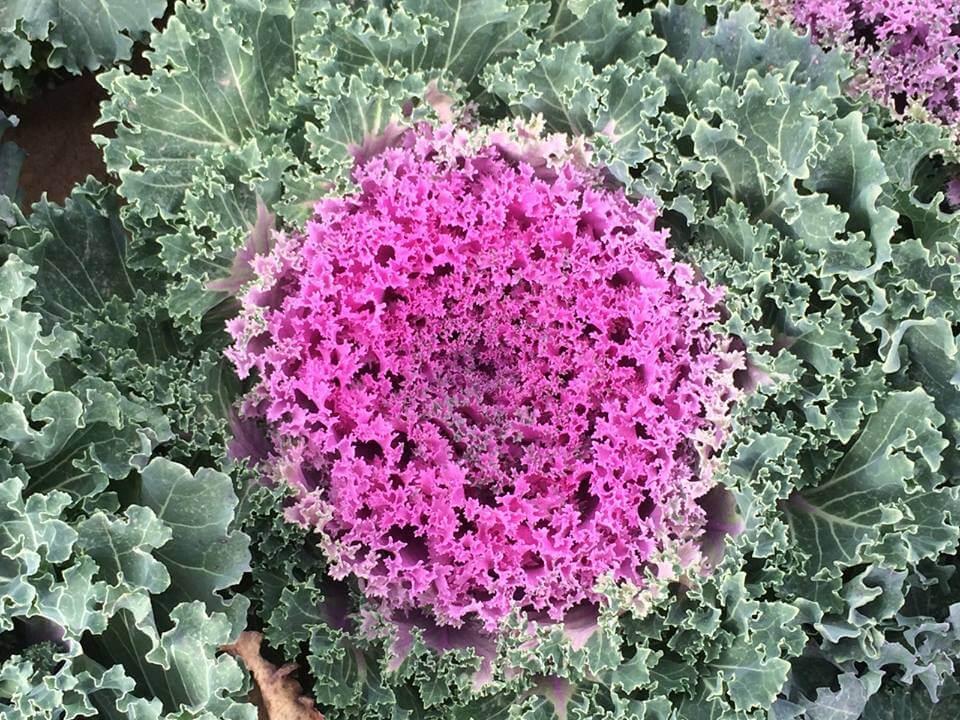
Salad Savoy, also known as ornamental kale, is a leafy vegetable with crinkled, colorful leaves.
Its mild, slightly sweet taste is a perfect addition to salads. Often used as a decorative garnish, it is highly nutritious, providing vitamins, fiber, and antioxidants.
Origin: Native to Europe.
Health Benefits: High in vitamin C and fiber, supports immune health.
Fun Fact: Salad Savoy was originally grown for ornamental purposes before becoming popular in culinary use.
4. Salad Turnip

Salad Turnip, or Tokyo turnip, is a small, mild-flavored turnip variety often used in salads. It is sweet and tender, with a crisp texture. These turnips can be eaten raw or cooked, offering versatility in many dishes.
Origin: It originates from Japan.
Health Benefits: Rich in vitamin C and antioxidants, supports immune health.
Fun Fact: Salad turnips are commonly grown in Japan and have a mild flavor compared to traditional turnips.
5. Salicornia

Salicornia, often known as “sea asparagus,” is a salt-tolerant plant found in coastal regions. Its crunchy, succulent stems and salty flavor make it an excellent addition to salads or a garnish for seafood dishes.
Origin: Found in coastal areas of Europe and North America.
Health Benefits: Rich in minerals, particularly potassium, and supports hydration.
Fun Fact: Salicornia is often used as a natural salt substitute in culinary dishes.
6. Salsify
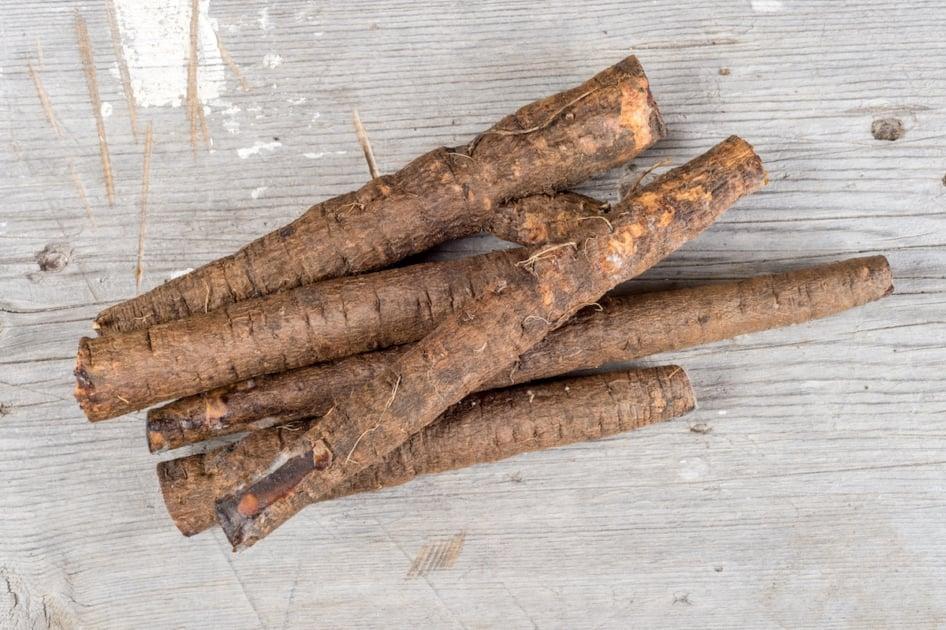
Salsify, sometimes called “oyster plant,” is a root vegetable with a flavor reminiscent of oysters. It’s commonly used in soups and stews or roasted. When cooked, the long, slender roots have a nutty flavor and creamy texture.
Origin: Native to Europe.
Health Benefits: High in fiber, vitamins B and C, and supports digestive health.
Fun Fact: The root of salsify is often used as a substitute for oysters in vegetarian dishes.
7. Saltbush
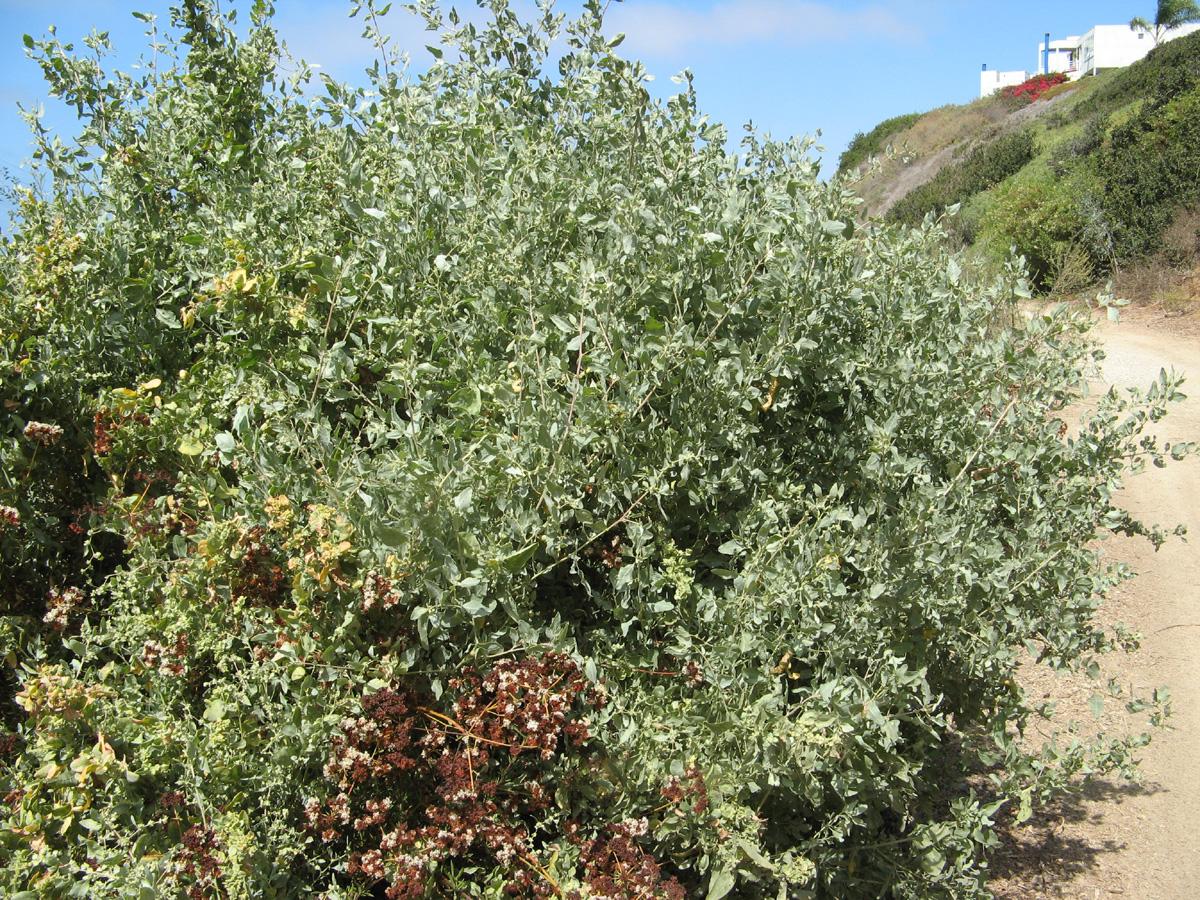
Saltbush is a hardy, drought-resistant shrub with salty-tasting leaves that are used in culinary dishes. The plant is found in arid climates and is prized for its ability to thrive in harsh conditions. It adds a savory, slightly briny flavor to salads and meats.
Origin: Commonly found in Australia and parts of the Americas.
Health Benefits: Rich in antioxidants and can help regulate blood sugar levels.
Fun Fact: Saltbush was historically used by indigenous peoples for food and medicinal purposes.
8. Samphire
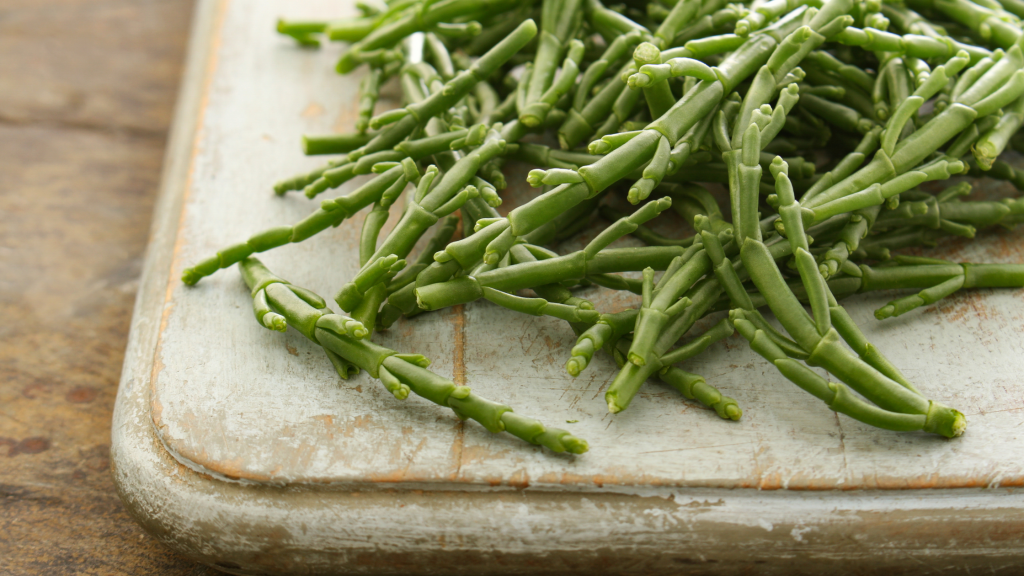
Samphire, also known as “sea asparagus,” is a succulent plant that grows along coastlines. Its crunchy, salty stems are often used in salads, as a garnish, or paired with fish dishes for added flavor.
Origin: Native to coastal areas in Europe and North America.
Health Benefits: Contains high levels of vitamin C and minerals, supporting immune health.
Fun Fact: Samphire has been a popular delicacy in coastal regions for centuries.
9. San Marzano Tomatoes
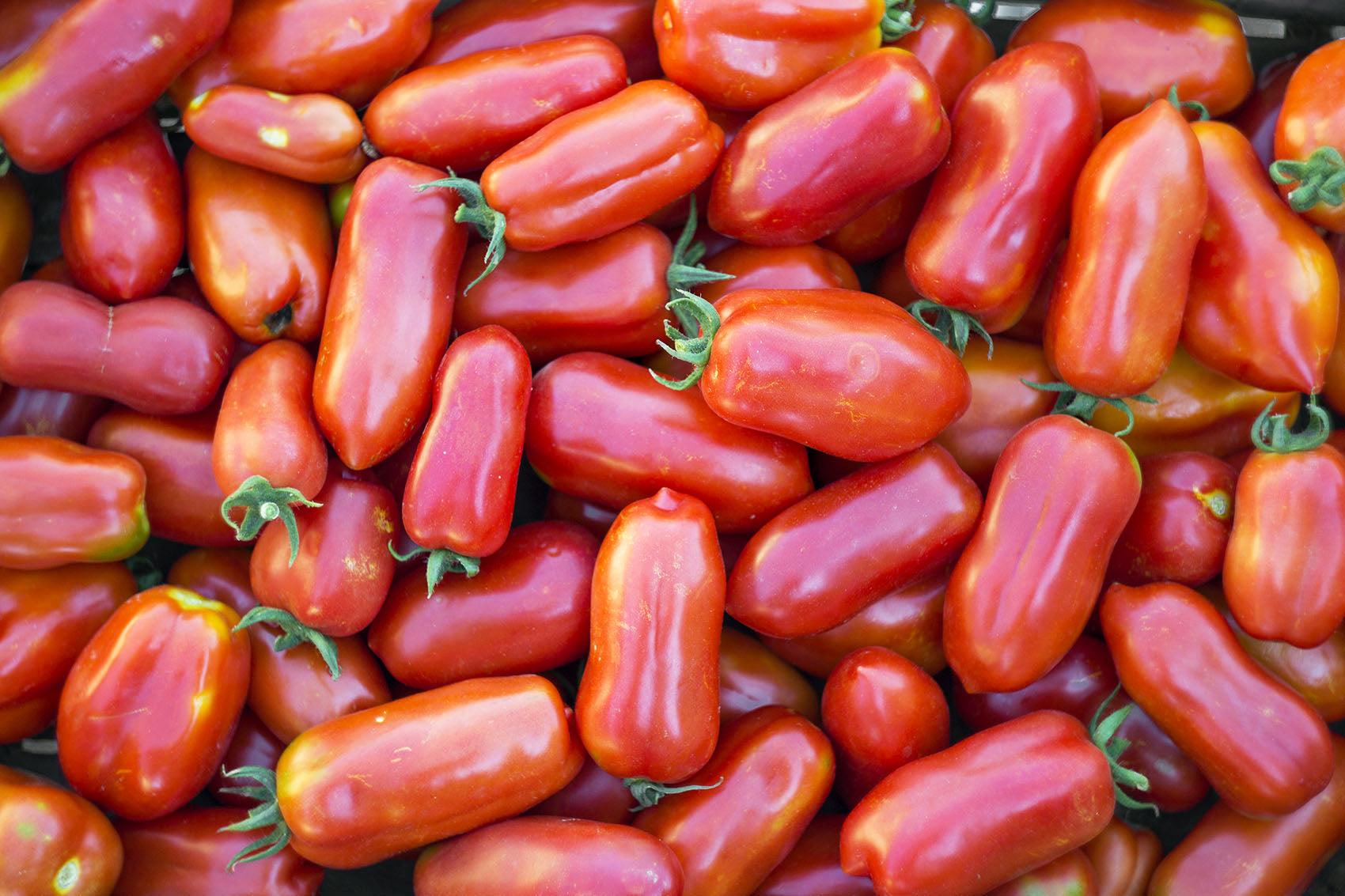
San Marzano tomatoes are a variety of plum tomatoes renowned for their rich flavor and low acidity. They are grown in the volcanic soil of Italy’s Campania region and are prized in Italian cuisine, particularly for making sauces.
Origin: Italy, specifically the Campania region.
Health Benefits: Rich in vitamins A and C, supports heart health.
Fun Fact: Many chefs consider San Marzano tomatoes to be the best variety for making tomato sauces.
10. Sandia Pepper
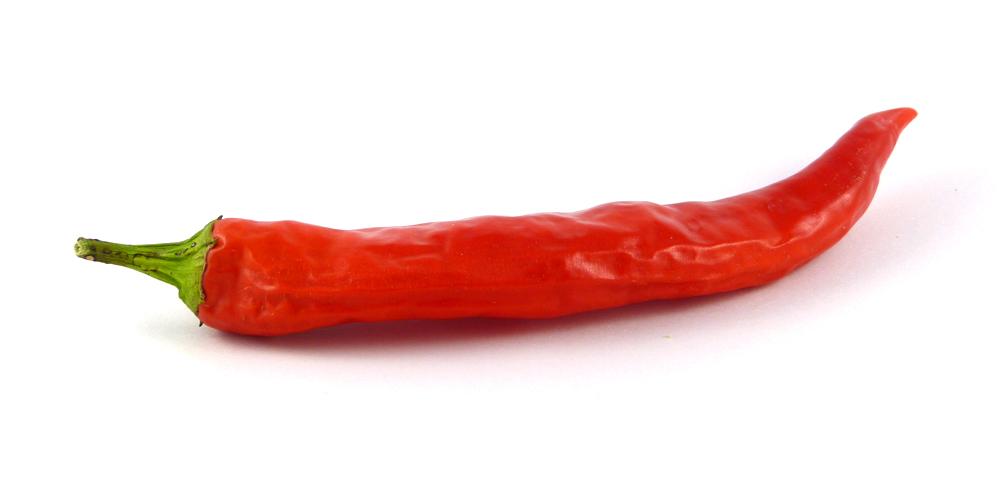
Sandia peppers are a mild chili pepper variety with a sweet, fruity flavor. Typically used in Mexican cuisine, they add a touch of spice without overwhelming the palate. These peppers are ideal for salsas and salads.
Origin: Native to Mexico.
Health Benefits: Rich in vitamin C and capsaicin, which boosts metabolism.
Fun Fact: The Sandia pepper is often used in roasting or grilling for a smoky flavor.
11. Sassafras Leaves

Sassafras leaves are aromatic and often used in cooking for their unique flavor. They have a citrus-like taste and are commonly used to make filé powder for Creole and Cajun cooking. They are also utilized in herbal teas.
Origin: Native to North America.
Health Benefits: Traditionally used for its digestive and anti-inflammatory properties.
Fun Fact: Sassafras was once used in root beer production, but it is no longer commonly used due to health concerns.
12. Satoimo
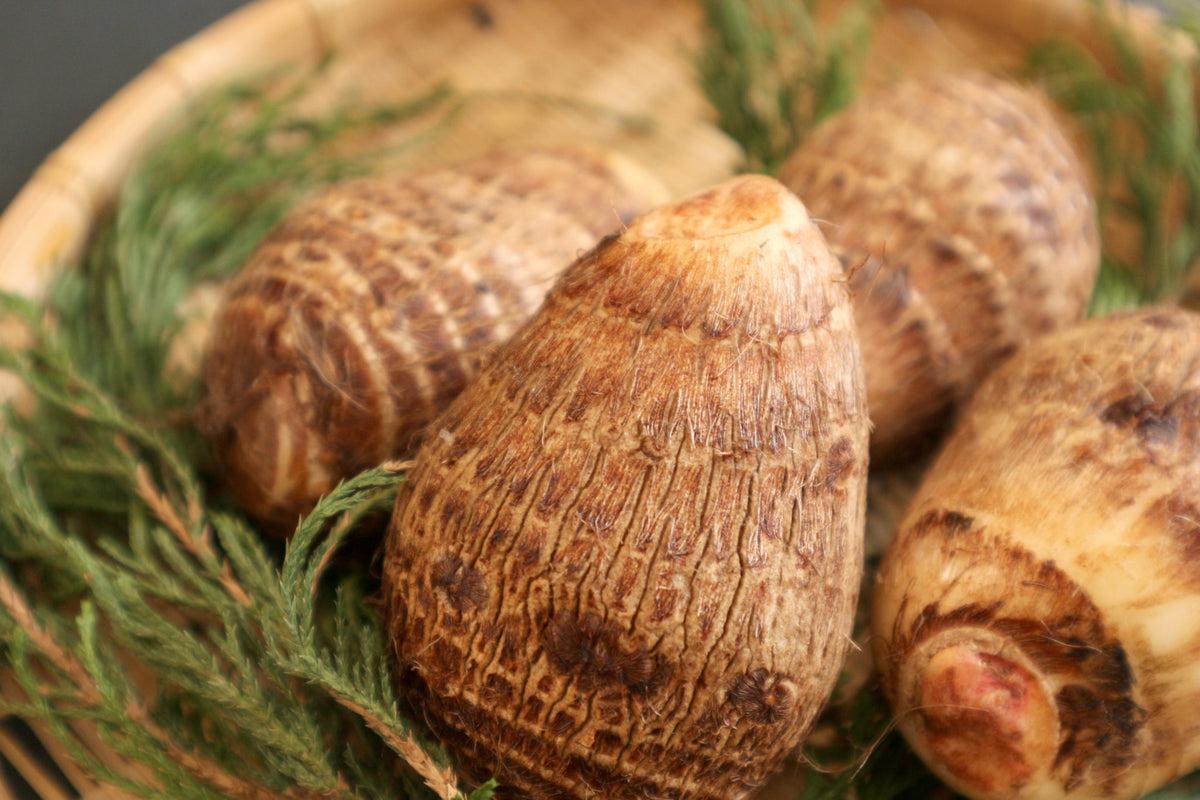
Satoimo, or Japanese taro, is a starchy root vegetable with a creamy texture when cooked. It’s commonly used in Japanese cuisine, often boiled or steamed. It has a mild, nutty flavor and is used in savory and sweet dishes.
Origin: Native to East Asia, particularly Japan.
Health Benefits: Rich in fiber, potassium, and antioxidants.
Fun Fact: Satoimo is often used in traditional Japanese New Year’s dishes.
13. Sauerkraut
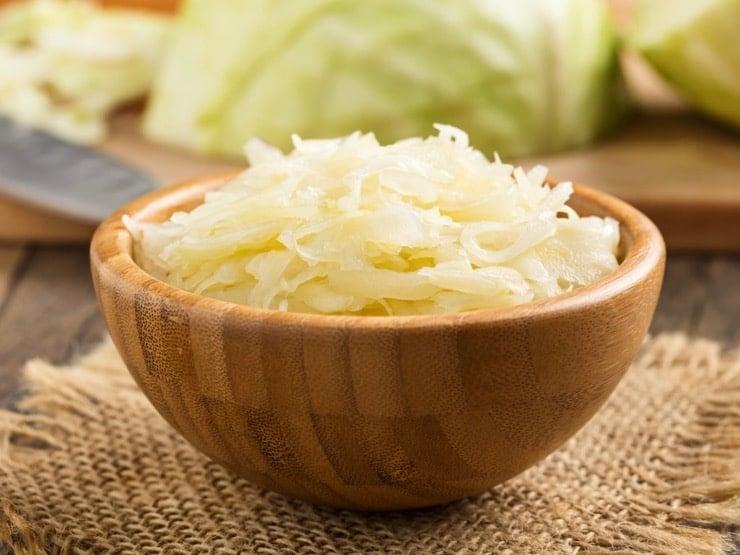
Sauerkraut is finely shredded fermented cabbage, known for its tangy flavor and probiotic benefits. Common in German cuisine, it is often served with meats, particularly sausages, and is prized for its gut-health benefits.
Origin: Germany and Eastern Europe.
Health Benefits: High in probiotics, supporting gut health and digestion.
Fun Fact: Sauerkraut’s fermentation process dates back over 2,000 years in Europe.
Some More Vegetables with “S”
14. Sauropus Androgynus
15. Savoy Cabbage
16. Scallion
17. Scallions (Spring Onions)
18. Scallop Squash
19. Scallopini
20. Scorzonera
21. Sculpit
22. Sea Asparagus
23. Sea Beans
24. Sea Beet
25. Sea Grape
26. Sea Kale
27. Sea Lettuce
28. Sea Vegetables
29. Seabeach Sandwort
30. Seakale Beet
31. Seaweed
32. Senegalia
33. Serrano Pepper
34. Sesbania Flower
35. Shallot
36. Shallots
37. Shepherd’s Purse
38. Shiitake Mushroom
39. Shiitake Mushrooms
40. Shirataki
41. Shishito Peppers
42. Shiso
43. Shungiku
44. Sierra Leone Bologi
45. Silverbeet
46. Skirret
47. Snake Gourd
48. Snap Beans
49. Snap Pea
50. Snow Pea
51. Snow Peas
52. Soko
53. Sopropo
54. Sorrel
55. Sour Cabbage
56. Soybean
57. Soybean Leaves
58. Spaghetti Squash
59. Spinach
60. Spine Gourd
61. Spiny Amaranth
62. Split Pea
63. Spring Greens
64. Spring Onion
65. Sprouted Beans and Seeds
66. Sprouts
67. Squash
68. Squash Blossoms
69. Stevia
70. Stokes Purple Sweet Potato
71. Stridolo
72. String Beans
73. Striped Eggplant
74. Sugar Peas
75. Sugar Snap Pea
76. Sugar Snap Peas
77. Summer Cilantro
78. Summer Purslane
79. Summer Squash
80. Sunchoke
81. Sunset Muskmallow
82. Surinam Spinach
83. Swedes
84. Swedish Turnips
85. Sweet Anise
86. Sweet Corn
87. Sweet Leaf
88. Sweet Onion
89. Sweet Pepper
90. Sweet Peppers
91. Sweet Potato
92. Sweet Potato Leaves
93. Sweet Woodruff
94. Sweetheart Cabbage
95. Swiss Chard
Summing It Up
This trip through the alphabet’s 19th letter reveals a remarkable diversity of vegetables that deserve a place in our gardens and on our plates.
From the familiar spinach and sweet potato to the exotic Salsify and Saltbush, “S” vegetables represent every plant part – roots, stems, leaves, fruits, and flowers – while offering exceptional nutritional profiles.
Many, like Salad Burnet and Sassafras leaves, even boast centuries of traditional medicinal use.
Whether thriving in coastal salt marshes, volcanic Italian soil, or Japanese fields, these vegetables connect us to culinary traditions worldwide while providing sustainable, health-boosting options for modern diets.
By digging beyond common produce, we unlock new flavors, textures, and nutrients that can change our cooking and well-being.
If you’re interested in more informative education & learning content, feel free to click here and study other blogs that you might enjoy!

